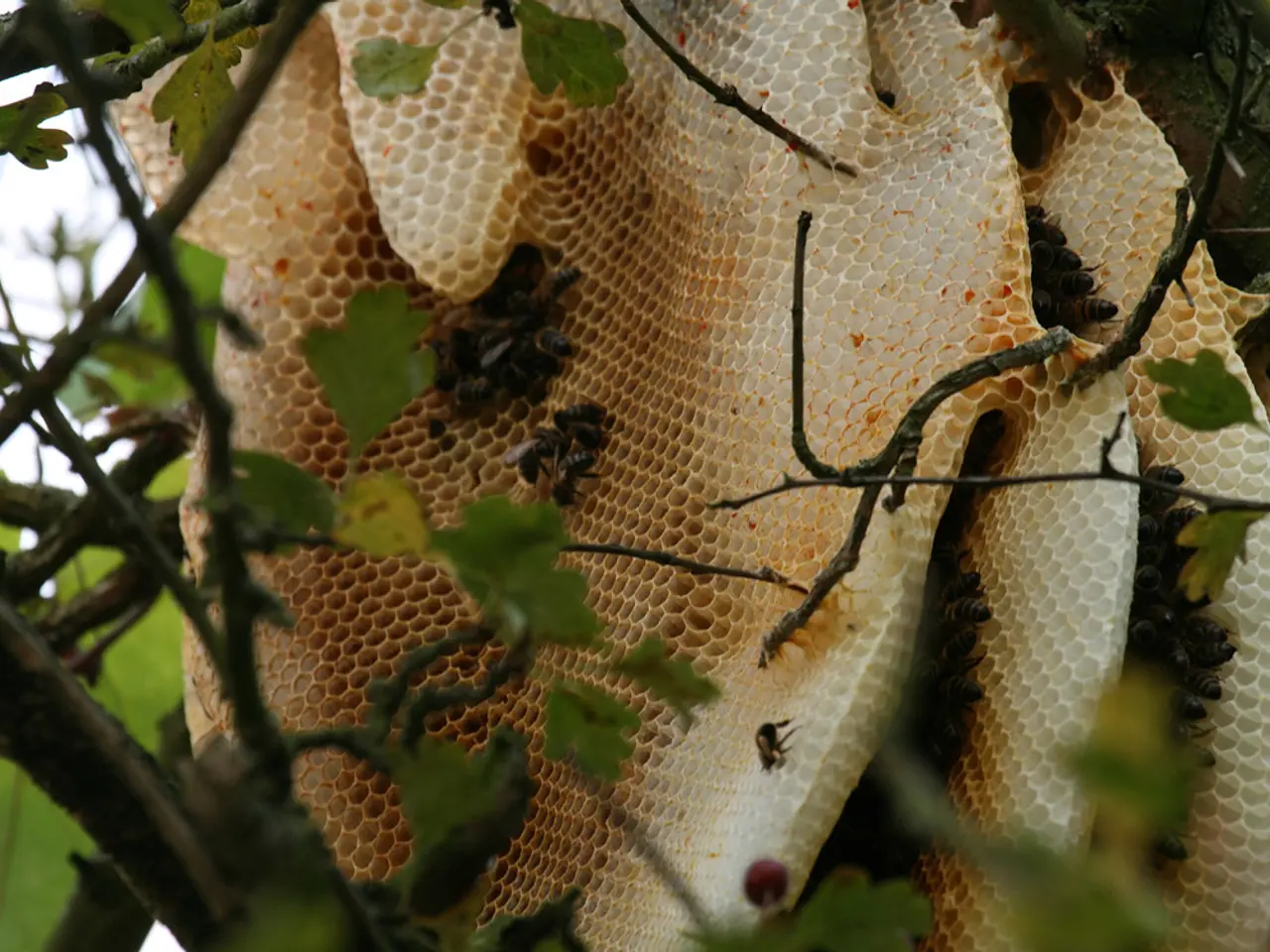Varied Soil Compositions and their Advantages for Vegetation Expansion
In the heart of every flourishing garden lies a foundation of soil, each type offering its unique benefits and challenges. This article delves into the world of sand, silt, clay, and loam soils, and the peaty soil that originates in wetlands.
Sand
Sand is a popular choice for gardeners due to its excellent drainage and easy tilling. However, sandy soils have poor nutrient and water retention because sand particles are large and do not hold moisture or nutrients well. To improve fertility, gardeners can add organic matter such as well-aged compost, biochar, and mulches to increase water and nutrient holding capacity.
Silt
Silt soils, characterised by their smooth texture and moderate nutrient and water retention, support root growth well. However, they are prone to compaction and have less aeration. To combat this, adding organic matter and mulches can improve structure and fertility by promoting microbial activity and better moisture retention.
Clay
Clay soils hold nutrients and water very well, which can be beneficial for plant nutrition. However, they often drain poorly, become compacted, and are hard to work. To improve fertility, incorporation of organic amendments like compost that loosen the soil, enhance drainage, and stimulate beneficial soil microorganisms is key.
Loam
Loam, a blend of sand, silt, and clay, is considered ideal because it offers good drainage, fertility, and moisture retention. To maintain its fertility, regular addition of compost and organic matter is necessary to sustain structure and nutrients.
Peaty Soil
Peaty soil, originating in wetlands, is rich in organic matter, including sphagnum moss. This soil type is characterised by its dark colour, almost black, and its fine, spongy texture. Vegetables like onions and lettuce can thrive in well-drained silty soil, while peaty soil can compress over time due to its high organic content, leading to settling issues in construction. The high water retention of peaty soil means that plants require less frequent watering. However, peaty soil has high acidity levels, causing organic materials to break down slowly, and a high water-holding capacity that requires a good drainage system.
Regardless of the soil type, common practices to improve fertility include annual incorporation of 2-3 inches of compost, use of organic mulches, inoculation with mycorrhizal fungi, and sometimes application of rock dust or organic soil conditioners. These amendments enhance soil structure, nutrient availability, and beneficial microbial life that support plant health. Regular soil testing is recommended to monitor pH and nutrient levels for tailored amendments.
Lastly, it's essential to understand the concept of soil horizons, distinct layers in the soil profile and their impact on plant growth. By understanding these aspects, gardeners can create the perfect environment for their plants to thrive.
Science and health-and-wellness are interconnected concepts when it comes to gardening, as soil type plays a significant role in plant health. For instance, peat soil, rich in organic matter, offers high water retention and supports vegetable growth, but its high acidity levels can slow down the breakdown of organic materials (science). Regular applications of compost and organic matter can neutralize the acidity, promote beneficial microbial life (health-and-wellness), and improve the soil's structural properties, ensuring optimal plant health.




